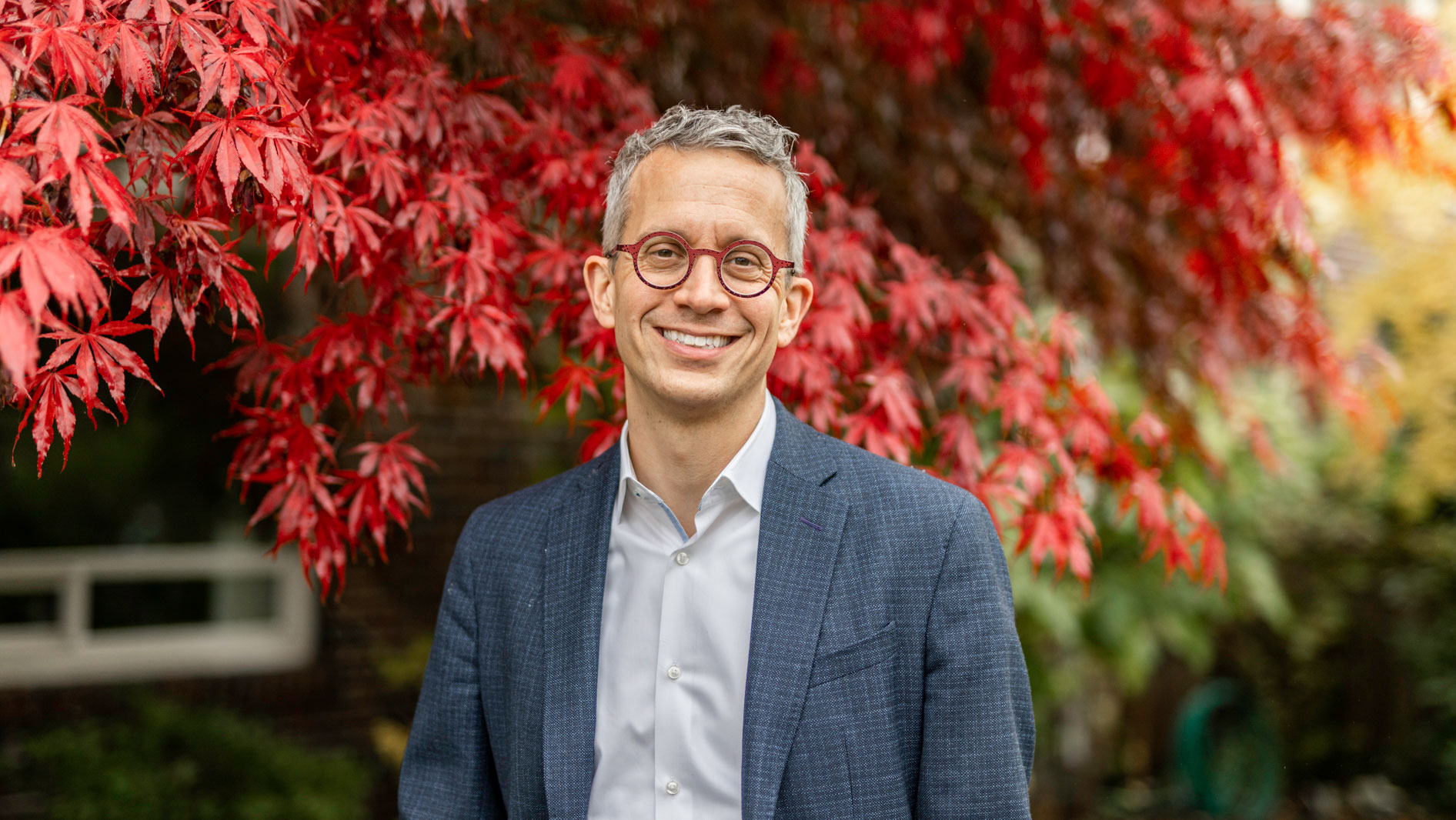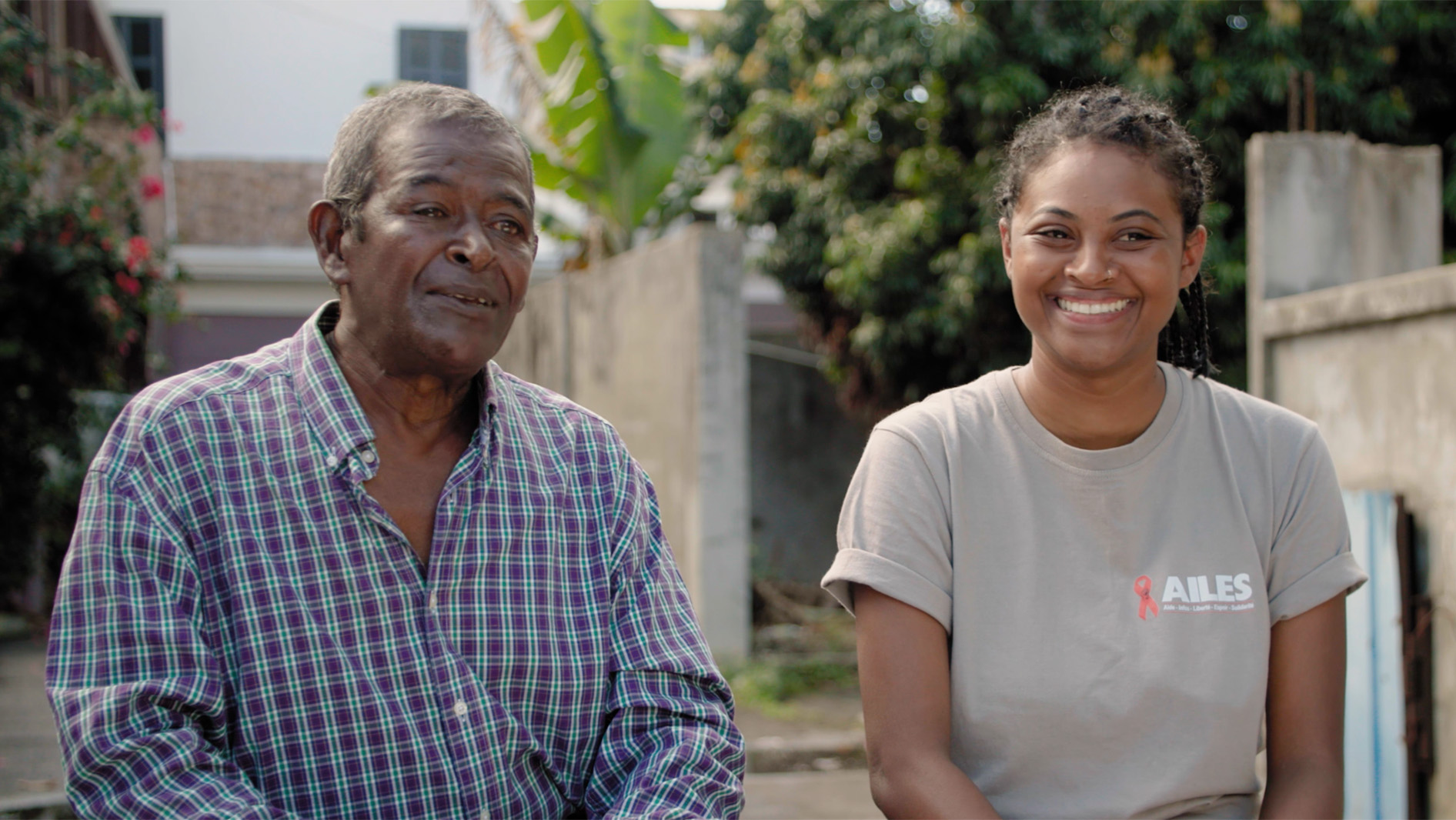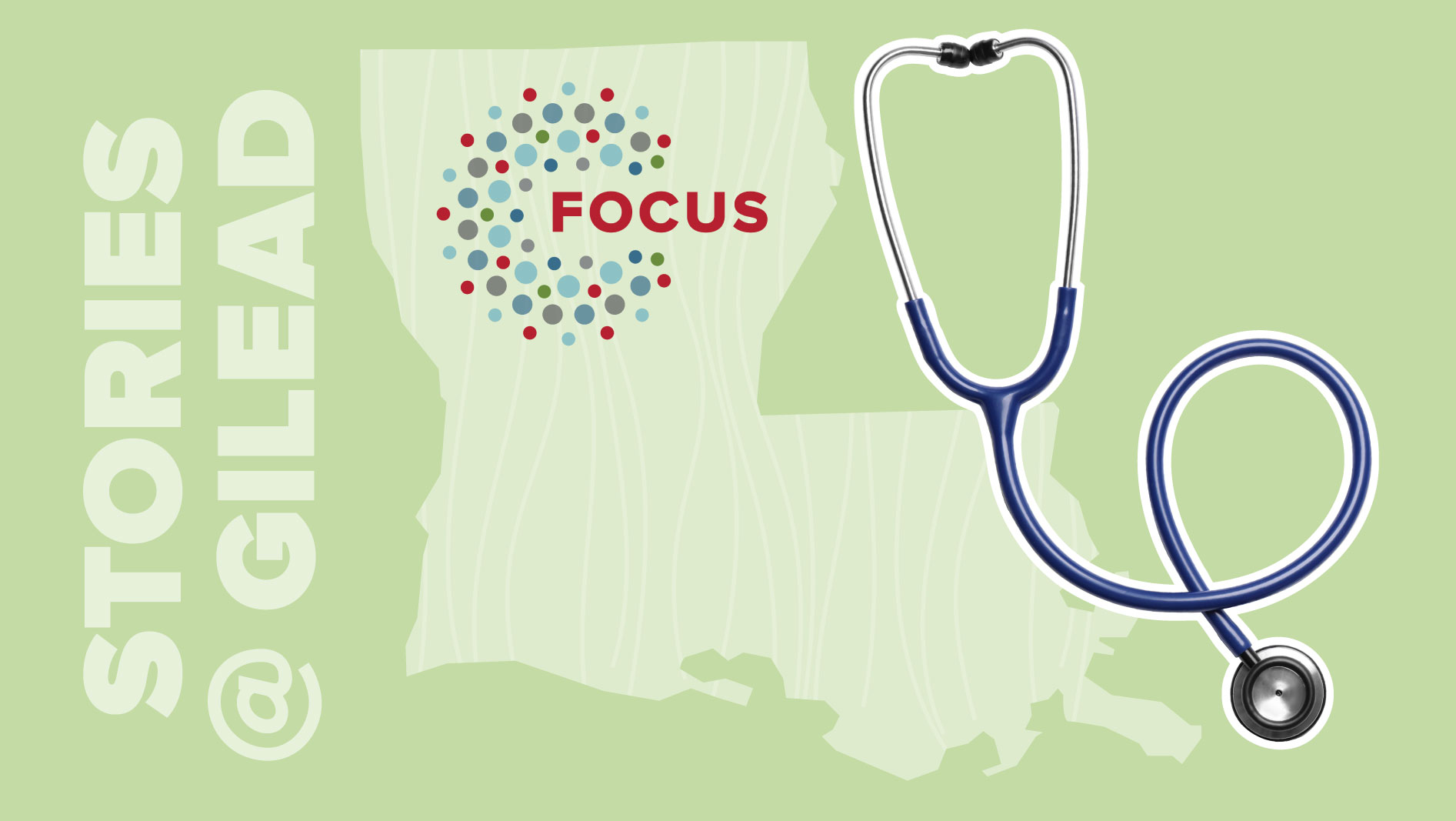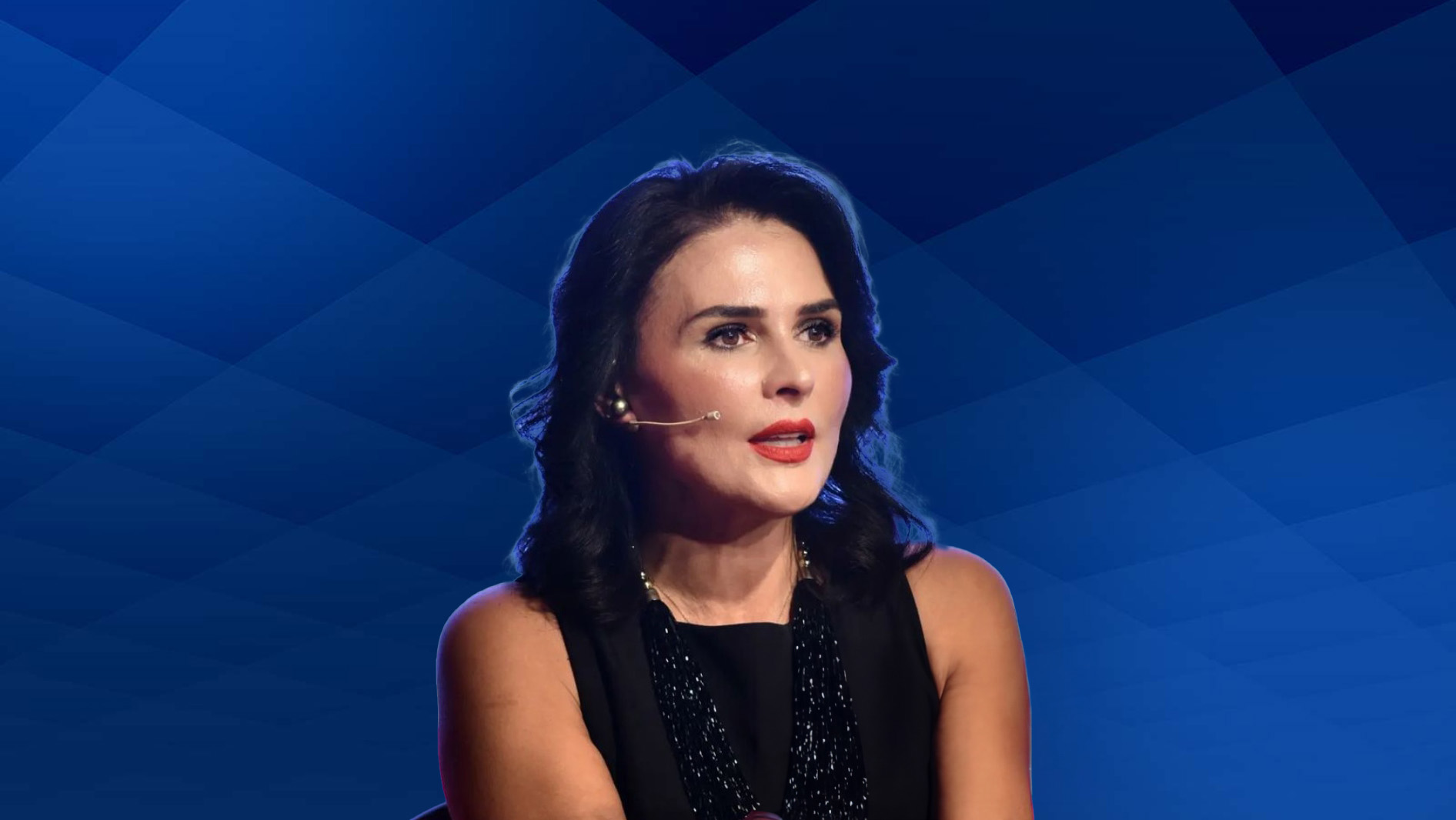Scientific Innovation
Four Questions with Jared Baeten: A Career in HIV Prevention Leads to a New Role at Gilead
Stories@Gilead - November 10, 2020 - 5 min read
Jared Baeten has spent his career trying to end HIV – working on clinical trials and epidemiologic studies related to HIV prevention around the world. Last week, he joined Gilead to serve as Vice President of Clinical Research for the company’s virology therapeutic area, where he will lead the company’s strategy for HIV treatment and prevention.
“My research efforts have focused on finding ways to get prevention tools into the hands of people who are at risk, so they can control their own destiny,” says Jared. “This has included large-scale clinical trials of new HIV prevention interventions, and behavioral and implementation science to figure out how to take prevention tools that work and then make them work within people’s lives.”
We connected with Jared about his research to develop and deliver HIV prevention methods to people, particularly women, in the United States and Africa.
Q: You’ve seen a lot of progression in the field of HIV treatment and prevention over the course of your career. What continues to fuel your work in the field?
I started my HIV prevention and treatment research career in the mid-90s. That of course was a very different time for HIV – treatments meant a handful of pills every day and tools to prevent HIV were just beginning to be developed. To be able to see the evolution in treatment, testing and prevention over the last two decades has been an amazing privilege, and being a physician for people living with HIV or using HIV prevention in Seattle also reminded me every day that my work is incredibly meaningful.
Much of my research has been globally focused because that’s where a disproportionate need for new prevention was and, in many ways, still is. That need, and the potential to close that gap, motivates me. I work in this space because of the opportunity to have a tremendous impact for women, men, families and communities, everywhere.
I lived in Kenya 22 years ago when the burden of and suffering from HIV/AIDS was tremendous, and treatment, prevention and testing weren’t widely available. Those memories of taking care of people living with HIV are very meaningful to me and have shaped everything I’ve done.
Q: You have led several clinical trials of prevention interventions in Africa, specifically, pre-exposure prophylaxis (PrEP) studies. Why is it important to continue to make progress with this research?
I was fortunate to work on large-scale studies that were the first to show that a medicine could prevent transmission of HIV. These studies were enormous and collaborative endeavors that led to making PrEP a reality for the world. But, more PrEP options are still needed – similar to how there is a whole suite of contraceptive options, people need PrEP choices so they can find the one that’s right for them. There’s so much opportunity for progress.
I’m proud to have worked with some of the greatest leaders of our day, who continue to advance care for people living with and at risk of HIV in Africa.
Africa still carries the greatest burden of HIV of any continent and women carry more than their share of the burden. When I think about eliminating HIV around the world, we have to think about every setting and every person.
Q: People often think about HIV in the context of men. Can you tell us more about the work you’ve done to develop and deliver HIV prevention for women?
I was motivated to research prevention methods for women because of the disproportionate burden that women, particularly young women and girls in Africa, face with HIV – 20 years ago when I started this work and still today. Many factors such as stigma and discrimination, partner violence and intersecting inequalities make women more susceptible to HIV. Finding different ways to get prevention options into the hands of women is powerful and important.
I’ve been very lucky to work with dozens of collaborators who live and work in communities in the United States and Africa to figure out prevention and treatment options that are responsive to women.
Q: As Gilead works to continue pursuing the latest advancements in HIV, what are you looking forward to most now that you’ve joined the team?
What has to be next for HIV treatment and prevention are safe, highly effective, longer-acting and person-centered tools that empower and support the strength of the people who are living with or at risk of HIV. This work needs to be supported by the most rigorous clinical science. HIV treatment and prevention research has always been extremely community-driven, and I am looking forward to engaging even more with the community as we move forward.
The work I do is driven by a strong sense of justice, equity and wanting the best healthcare for everyone. I am an advocate as much as I am a scientist. At the end of my career, I hope that no one will be working on HIV because I want it to be solved.
As a gay man in his 40s, I only know a world with HIV and I remember very well the deep fear that HIV carried when I was younger. Working to end the epidemic has always been very personal to me.



